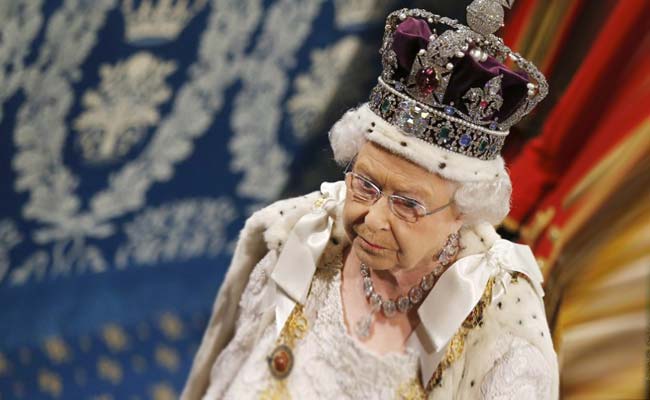Many celebrated art objects, many items on display in museums, many monuments, if looked closely, also reveal the history of barbarism.
The priceless Kohinoor diamond which adorned the crown of Queen Victoria and which is on display at the Tower of London is the prized possession of Britain, the supreme colonial power of the past. The history of the Kohinoor is, however, the history of enormous greed and the blatant use of power. At other times, the Kohinoor reveals the history of appeasing the powerful or showing the powerless their place in the world.
The narrative of the Kohinoor also points to many gaps in its history which cannot be filled easily and as such it raises issues of historiography. It is here that conjecture and guesswork fills up for verifiable historical facts and a number of stories get woven around the diamond, making it the subject of legends and folklore. One belief associated with Kohinoor is that it brings misfortune and bad luck to its owner.
What is certain is that the recorded history of Kohinoor is a tale of greed, the temporary buying of peace, and a display of power.

The Kohinoor diamond was acquired from an Afghan king by Maharaja Ranjit Singh, the 19th century ruler of Punjab
The history of the diamond's journey from Tahmasp to Shah Jahan is full of many gaps which cannot be filled easily. Iradj Amini has written a very interesting book titled "The Koh-i-noor Diamond" (Roli Books) and I owe my debt to him for many details in this piece. He notes that "all traces of Babur's diamond (most probably, the Kohinoor) were lost in a maze of conjectures for more than a century. We must wait until the middle of the seventeenth century before suddenly rediscovering it at the court of Shah Jahan." In between this period, there was the rise and rise of Mohammad Said, better known as Mir Jumla, a native of Ispahan in Persia, who later became the most powerful man in the kingdom of Golconda. What is recorded in history (Bernier mentions the gifting of the diamond to Shah Jahan) is that the diamond fell in Mir Jumla's possession and he gifted it to Emperor Shah Jahan.
After the decline of the Mughal empire, the diamond was coveted or possessed by whoever was most powerful. It was in the possession of Nadir Shah after he decimated the Mughal power in 1739 in the Battle of Karnal. It fell into the hands of Ahmad Shah Abdali when he became a powerful emperor of Afghanistan after the death of Nadir Shah. Abdali's successors (Timur Shah, Zaman Shah and Shah Shuja) found it difficult to hold on to the Kohinoor, and it passed into the hands of Maharaja Ranjit Singh, who established a very powerful kingdom in Punjab.

The Kohinoor diamond in the Imperial State Crown worn by Britain's Queen Elizabeth II (AFP photo)
This was the period of the height of British power and this is colonial discourse displaying all possible arrogance. Probably there is greater awareness about the nature of colonial loot today but the naked display of power by present nation-states has not disappeared. The colonialism which depended on the actual annexation of land has been replaced by a more indirect kind of economic control of weaker nations. As a country which has been at the receiving end of colonial loot, India must continue to press for the return of Kohinoor. True that the chances of getting back the diamond may be negligible but that is no reason not to take up the issue. The Supreme Court has very rightly refused to reject the demand for the return of Kohinoor. Chief Justice T.S. Thakur made a very apt observation that "if there is a legitimate claim for the diamond, will our dismissal at this stage come in your way? Because the country which holds the diamond may say your Supreme Court itself has dismissed a petition to re-claim the diamond, so why should we entertain you (the Government of India)?"
India can certainly adopt a morally superior position on this issue as it has not colonized any country in the past as the Chief Justice also observed. The debate on the colonial loot is important not only to analyse the past, but to learn some lessons about the present, because the present forms of the display of power often replicate colonial patterns. The government need not be defensive about making a legitimate demand for the return of Kohinoor. The diamond is valuable not only in material terms, but in symbolic and moral terms. The barbarism which is the obverse side of civilization should be exposed rather than deleted from view.
(Mohammad Asim Siddiqui teaches English at Aligarh Muslim University)
Disclaimer: The opinions expressed within this article are the personal opinions of the author. The facts and opinions appearing in the article do not reflect the views of NDTV and NDTV does not assume any responsibility or liability for the same.


